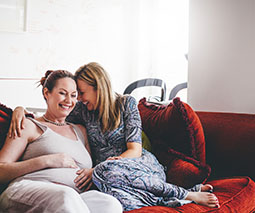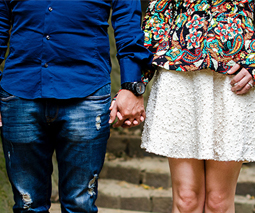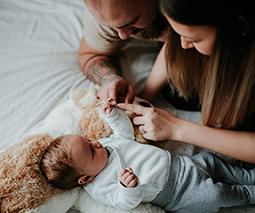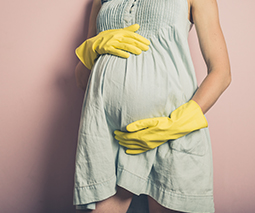Gender selection – How much would you pay to choose the sex of your baby?
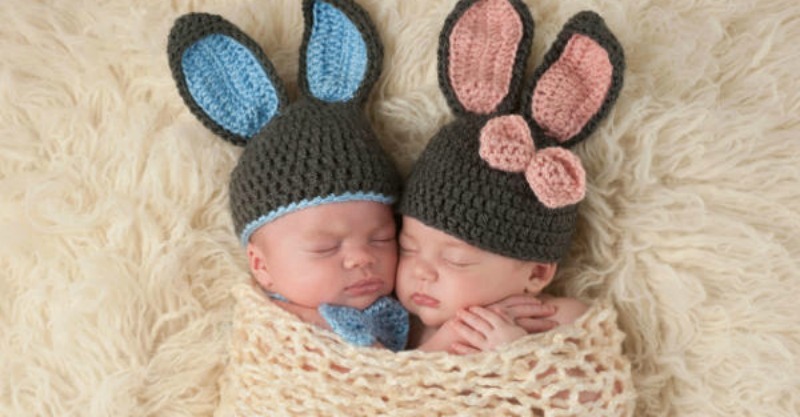
Most expectant parents will tell you they don’t care what the gender is, as long as the baby is healthy. But, deep down, gender disappointment is a very real and very painful experience. And it is something that thousands of parents experience every year.
While it is no secret that there are ways to “select” the gender of your baby through an expensive procedure overseas, there are plenty of other methods of gender selection with high success rates that are a lot closer to home and more affordable.
According to new research from the Queensland Fertility Group, 50 per cent of Australian adults would like to choose the sex of their child. Although fertility specialists have the ability to choose baby’s gender, the process is illegal in Australia unless there is a medical reason for it.

Known as pre-implantation genetic diagnosis treatment (PDG), it involves harvesting the eggs, injecting each one with sperm, growing each embryo until it is possible to tell whether the chromosomes are XX or XY and then transferring the embryos of the desired sex to the uterus.
South Australian mum Jayne Cornwill is one of the thousands of women who have undergone the procedure. She travelled 13,000 kilometres to California and paid $50,000 to ensure that, after having three boys, her fourth baby was a girl.
And she is not alone. 78 per cent of the people interviewed through the Queensland Fertility Group said gender selection was so important to them they would not be deterred by cost. There are even organisations, such as Gender Selection Australia that help families with finding flights, managing all legalities and securing appointments in LA to ensure they can have the treatment overseas.
“Between eight and 11 per cent of our patients are Australian,” says Dr Jeffrey Steinberg, director of the Fertility Institutes in the US.
Steinberg is confident that it is only a matter of time before society becomes more accepting of gender selection. “It’s threatening because the technology is unfamiliar,” he says. “IVF used to be seen in the same way, but now it’s commonplace. Gender selection will evolve in a similar way.”
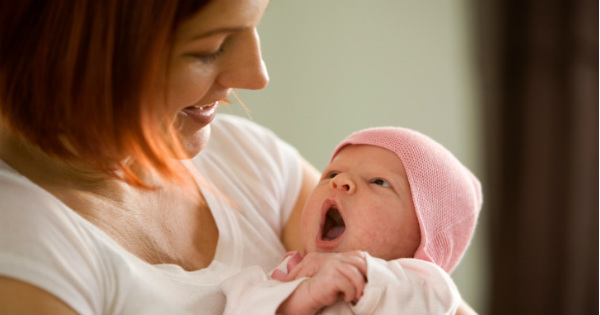
Of course, not everyone has $50,000 to spare. There are already a few alternatives to PGD at a fraction of the cost.
One method is called “sperm-sorting” and, although unavailable in Australia, it is being used overseas. The treatment is considerably less at around $2500 per cycle, compared to $25,000 per cycle for PGD and involves a procedure where doctors add a coloured dye to the partner’s sperm sample. Experts can then tell male from female by seeing how the dye binds to the genetic material in the sperm. Once the sperms have been sorted, the desired ones are inseminated into the womb.
The accuracy rate for sperm sorting sits at around 82 to 92 per cent, which is lower than PGD which comes with an almost 100 per cent accuracy rate.
There are also gender selection kits available online for around $200 which use the Shettles theory to predict ovulation. This is based on the idea that male sperm move faster, but do not live as long as female sperm. To conceive a boy, couples should have sex as close as possible to ovulation. To conceive a girl, couples should have sex two to four days before ovulation. Shettles claims that his theory is 75 per cent effective for girls and 80 per cent effective for boys.
There are also plenty of studies and folklore that may or may not help.
Want a boy? Try:
- Having sex as close as possible to ovulation
- Reaching orgasm before your partner, as this releases an alkaline fluid, thought to be more male-sperm friendly than the vagina’s natural acidity
- Upping your intake of calcium, vitamins C, E and B12
- Eating a bowl of cereal each morning for breakfast. Women who do are 87 per cent more likely to have a boy than those who eat cereal once a week, according to a University of Exeter study.
- Eating salty food, plenty of meat, fish, white flour, pasta, fresh fruit, certain vegetables
- Avoiding milk and dairy products, such as yoghurt and cheese, nuts, chocolate, shellfish and wholemeal bread
Want a girl? Try:
- Having sex two to four days before you ovulate
- Allowing your partner to reach orgasm before you and keeping penetration shallow
- Having sex in the afternoon only
- Going on a glucose-free diet
- Eating less. Women who have girls eat about 1600 fewer kilojoules a day than those who have boys.
- Drinking plenty of milk and eating dairy products such as cheese and yoghurt
- Avoiding salt and any salty foods, wine and beer, fresh fruit, spinach, tomatoes and mushrooms, chocolate, coffee and tea
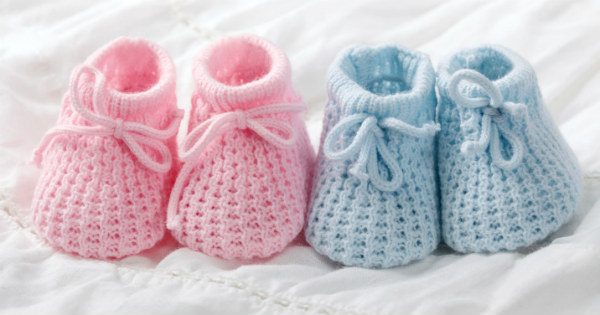
While gender disappointment is something that many parents suffer from behind closed doors, it is not something to be ashamed of. The feelings are often out of your control and can lead to depression, anxiety, trouble bonding with the baby and much more.
“My desire for a daughter caused me to spiral into depression and left me virtually housebound. Every time I went out, toddlers in pink seemed to taunt me,” Cornwill explains when asked why she decided to do the treatment.
Where do you stand? Do you believe that nature should not be tampered with or would you like to see sex selection practices made legal for all Australian families? Would you pay to choose the gender of your baby?
(via Sydney Morning Herald and Body and Soul Mums)
